Everyone in Japan is taught English in school. That doesn’t mean they can speak it. Many experts have criticized the country’s emphasis on reading and rote memorization, which leaves most adults unprepared to use English in daily life.
While English is the world’s lingua franca, not everyone speaks it. Japan’s tourism boom brings visitors primarily from other Asian countries, particularly China, South Korea, Taiwan, and Hong Kong. Anyone connected to tourism in Japan may hear between six and a dozen different languages a day.
That leaves both local businesses and tourists resorting to AI translation apps to communicate. Many travelers and merchants, however, say the technology is awkward, inaccurate, and not always useful when you need it most. Fortunately, you have other options when it comes to making yourself understood in Japan.
Visitors to Japan: We use AI translation, but it feels weird
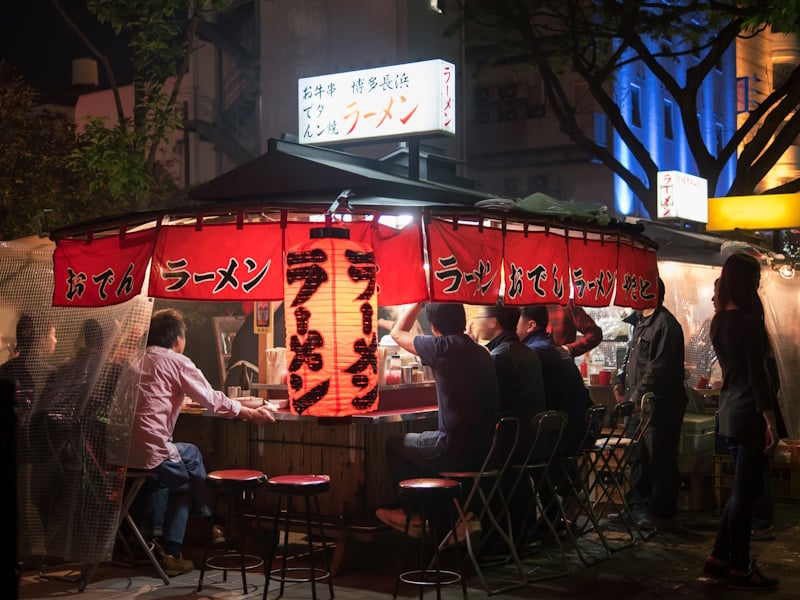 Picture: gemini / PIXTA(ピクスタ)
Picture: gemini / PIXTA(ピクスタ)
The language tutoring site Preply recently polled Americans to discover the impact of AI translation on US travel abroad. It found a majority of American tourists – 51% – solely used AI translation tools and apps to communicate.
While people used AI translation apps, that didn’t mean they liked it. 48% said they found that the apps made human interactions feel less personal. Others lamented the lack of eye contact (44%), while 38% called it a “robotic and unnatural experience.” Only 24% didn’t find the tech problematic.
Preply’s authors conclude that this discomfort comes from how smartphones and devices limit nonverbal communication. When everyone’s focused on a phone, people are less engaged in using things such as hand gestures or facial expressions to get their point across.
Dealing (awkwardly) with a crush of visitors via smartphones
It’s not just travelers using machine translation tools.
Japanese businesses – even in tourism-connected industries, such as restaurants – are chronically short-staffed these days thanks to population decline. Many businesses are one-person operations that can’t afford many staff, let alone bilingual staff, to begin with.
So it shouldn’t be a surprise that Bridge Multilingual Solutions in Japan found that 40% of retail shops and restaurants surveyed are using AI translation tools to cater to foreign tourists.
What’s interesting is that Bridge found the same discomfort with AI translation tools that Preply found. In this case, the concern was over accuracy. Over half of the respondents said they felt the tools produced “unnatural” output.
Planning a trip to Japan? Get an authentic, interpreted experience from Unseen Japan Tours and see a side of the country others miss!

“Noah [at Unseen Japan] put together an itinerary that didn’t lock us in and we could travel at our own pace. In Tokyo, he guided us personally on a walking tour. Overall, he made our Japan trip an experience not to forget.” – Kate and Simon S., Australia

See a side of Tokyo that other tourists can’t. Book a tour with Unseen Japan Tours – we’ll tailor your trip to your interests and guide you through experiences usually closed off to non-Japanese speakers.
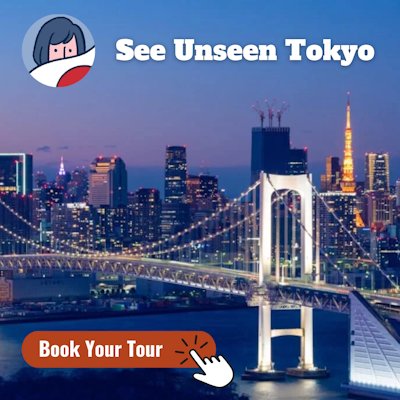
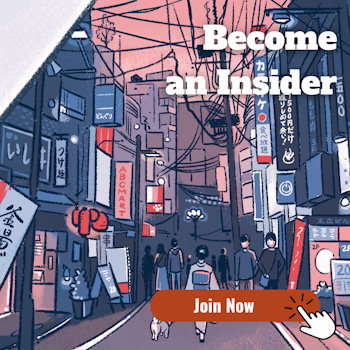
Want more news and views from Japan? Donate $5/month ($60 one-time donation) to the Unseen Japan Journalism Fund to join Unseen Japan Insider. You’ll get our Insider newsletter with more news and deep dives, a chance to get your burning Japan questions answered, and a voice in our future editorial direction.
Not everyone in Japan loves AI translation
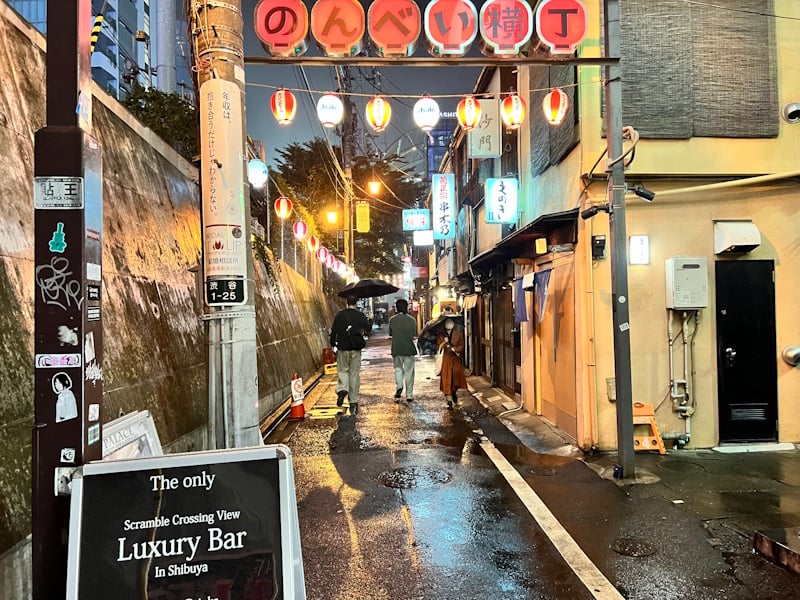
While some 40% of stores report using AI, that means that 60% don’t. Indeed, in the Bridge survey above, only 28.2% of businesses surveyed said they were even concerned about bringing in more foreign tourists.
How do these locations deal with tourists? For some, it’s simple: refuse service to customers who can’t speak Japanese. I’ve reported before on a number of small restaurants that have gone this route. Many nightlife businesses in Japan, such as hostess clubs and sex-related businesses like soaplands, also go this route.
In a recent example I found in the wild, one concept cafe in Shibuya explicitly denies service to foreigners who can’t speak Japanese. A hostess there told me that employees found it too much of a hassle to use their phones to manage the back-and-forth.
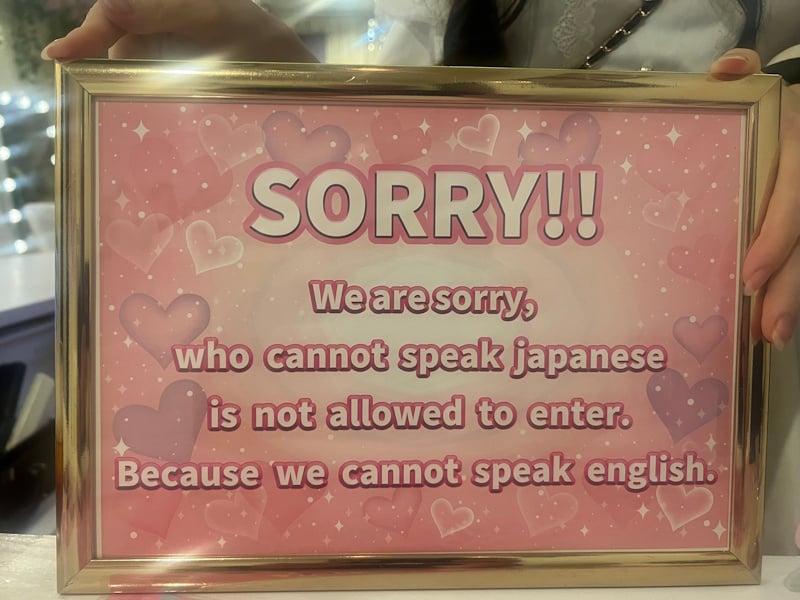 I offered corrections.
I offered corrections.
She also said that AI translation fell apart when issues arose. Like most concafes, this store charges an hourly fee for every hour you stay. This particular location automatically charges for half-hour increments and expects customers to keep track. Many times, however, this nuance was lost in translation.
An alternative to AI translation
One alternative to using AI: learn the language. Even a little effort invested in memorizing common phrases and learning some basic tasks, such as ordering food, can go a long way. Even if you’re not perfect, people appreciate that you’re trying.
Preply’s survey found that 64% of Americans wanted to pick up more of the local language before they go on future trips. Reasons cited include being polite (73%), feeling more confident (66%), and interacting more deeply with locals (65%).
Of course, this is easier said than done. Japanese’s linguistic distance from English makes it a difficult language for native English speakers to learn, let alone master. (That’s not meant to discourage you! In fact, I’ve written long screeds about how to learn Japanese.) Even if you can pick up a modicum of the language, it might not be enough for the fully immersive experience you’re dreaming of.
That’s why many travelers hire tour guides to act as their interpreters. Preply found that 37% of travelers abroad had someone local who could interpret for them.
We’ve provided this service at Unseen Japan Tours for several years running, and it’s one of the most valued aspects of our tours service. Offering interpretation enables us to take our customers to small, local businesses- such as restaurants and authentic Japanese cultural experiences – that otherwise couldn’t cater to tourists. Travelers, meanwhile, get more of a feeling that they’re interacting with a flesh-and-blood human being rather than a machine.
Planning a trip to Japan? Get an authentic, interpreted experience from Unseen Japan Tours and see a side of the country others miss!

“Noah [at Unseen Japan] put together an itinerary that didn’t lock us in and we could travel at our own pace. In Tokyo, he guided us personally on a walking tour. Overall, he made our Japan trip an experience not to forget.” – Kate and Simon S., Australia

See a side of Tokyo that other tourists can’t. Book a tour with Unseen Japan Tours – we’ll tailor your trip to your interests and guide you through experiences usually closed off to non-Japanese speakers.


Want more news and views from Japan? Donate $5/month ($60 one-time donation) to the Unseen Japan Journalism Fund to join Unseen Japan Insider. You’ll get our Insider newsletter with more news and deep dives, a chance to get your burning Japan questions answered, and a voice in our future editorial direction.
Interpretation also isn’t plagued by the errors and awkwardness common to AI translation. Our tour guides have lived here and studied Japanese for years. They have both the linguistic skills and cultural background required to bridge the language barrier. They can provide you with essential context that machine translation almost always misses.
Want to make your next trip to Japan an experience you won’t forget? Contact us today using the form below.
Sources
インバウンドで増収している小売店・飲食店に聞いた!約4割が選出した増収の秘訣は「通訳・翻訳ツール」の導入 一方、半数以上が「不自然な文章が出力されてしまうこと」に懸念. PRTimes
Study: 57% of Americans found translation tools to be robotic and unnatural during their travels abroad. Preply

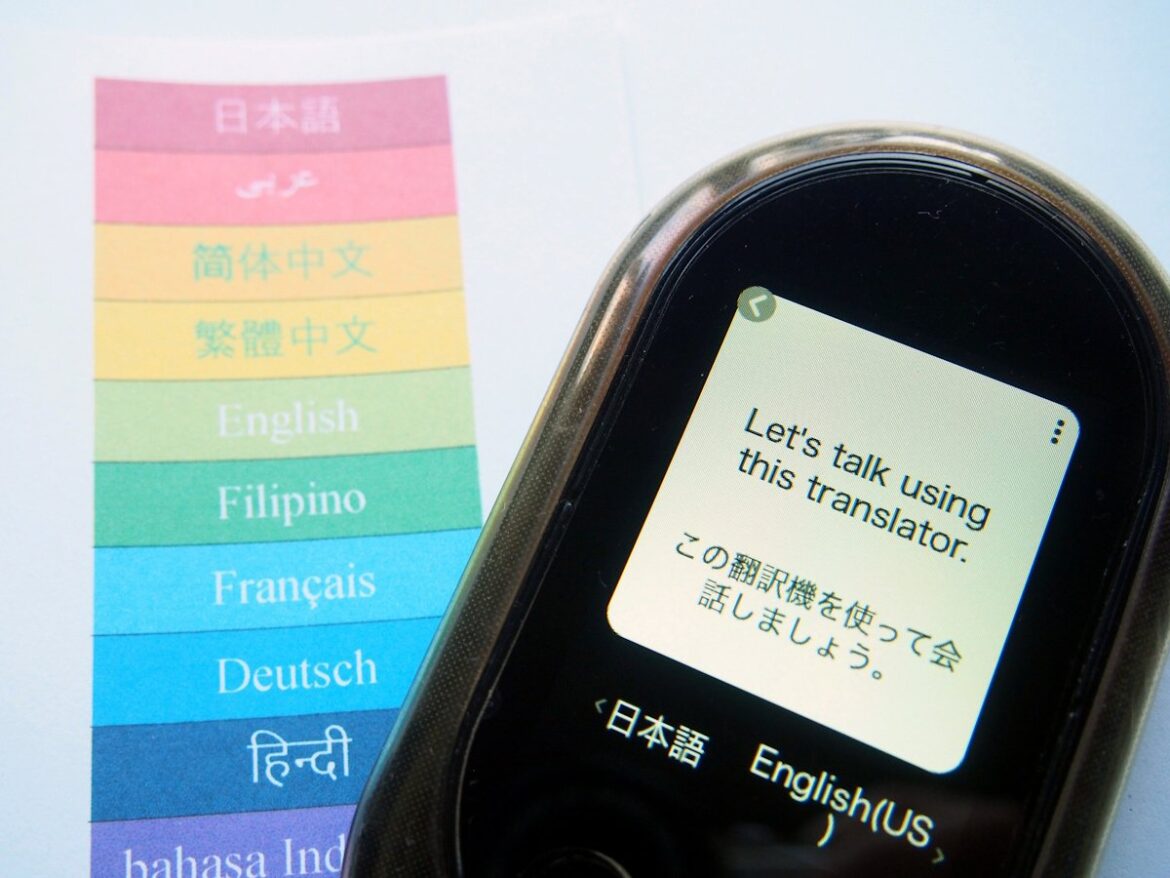
AloJapan.com